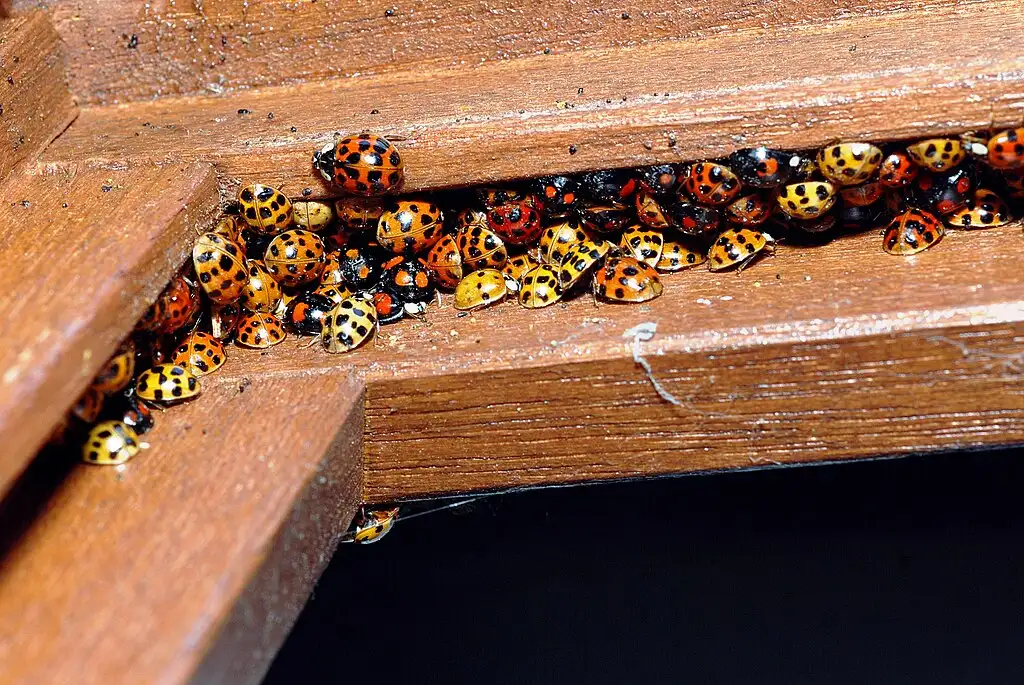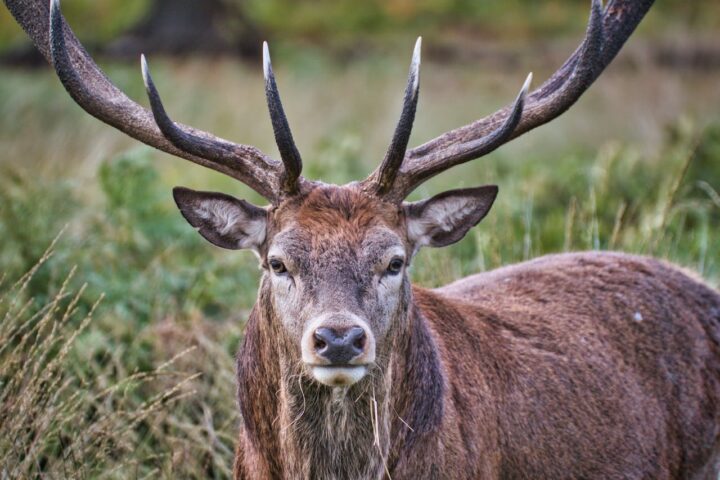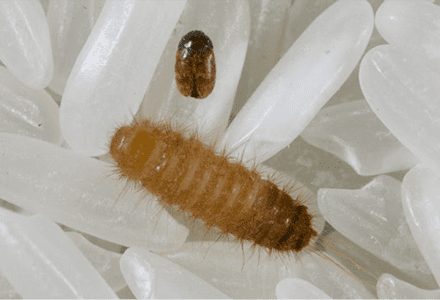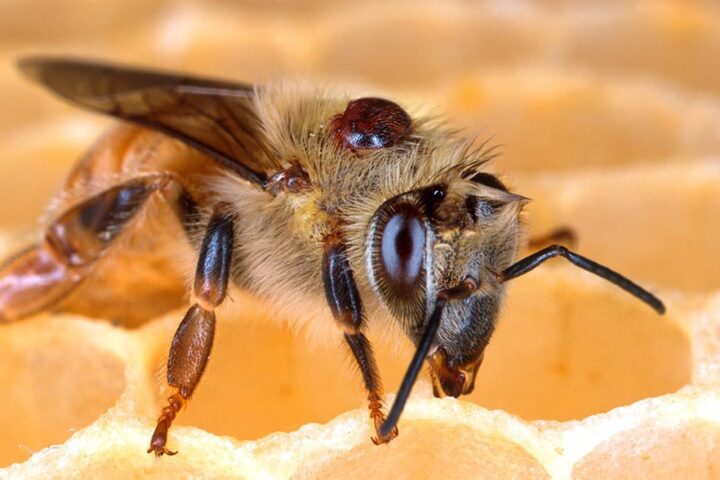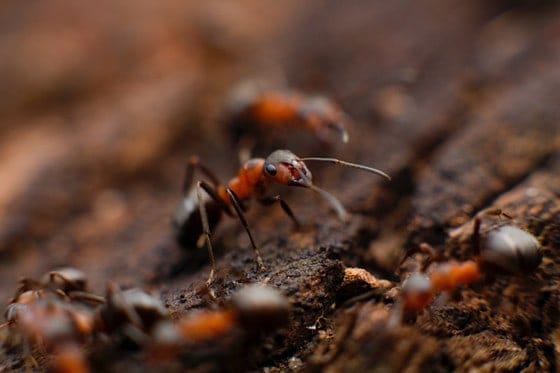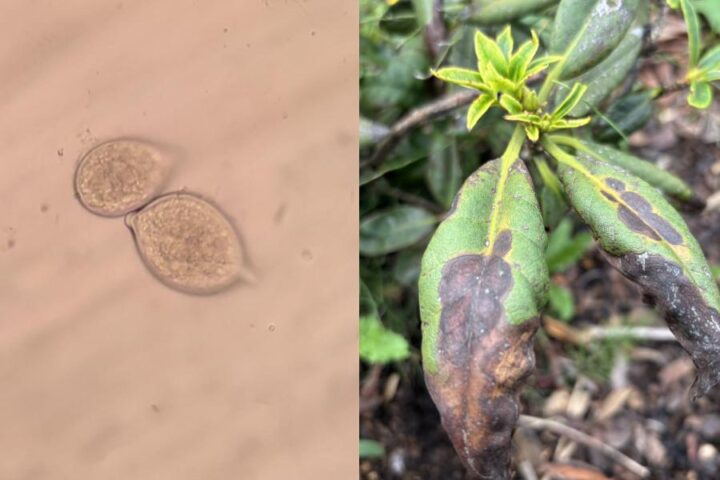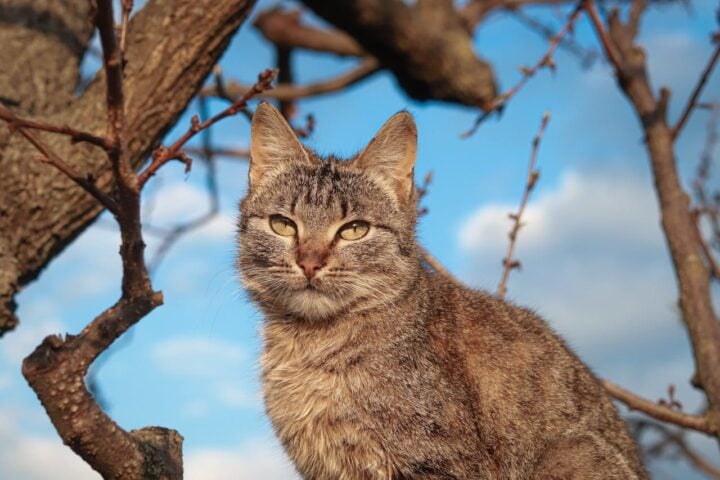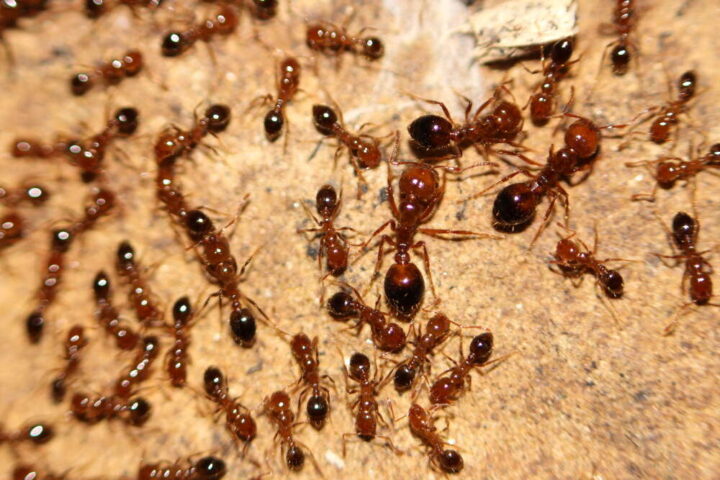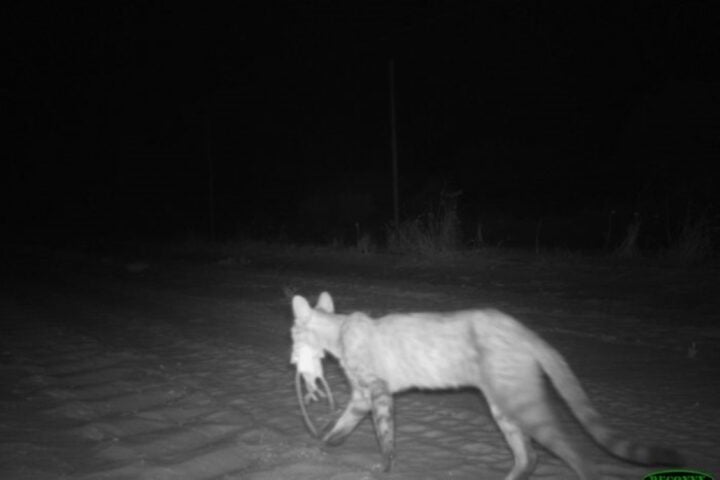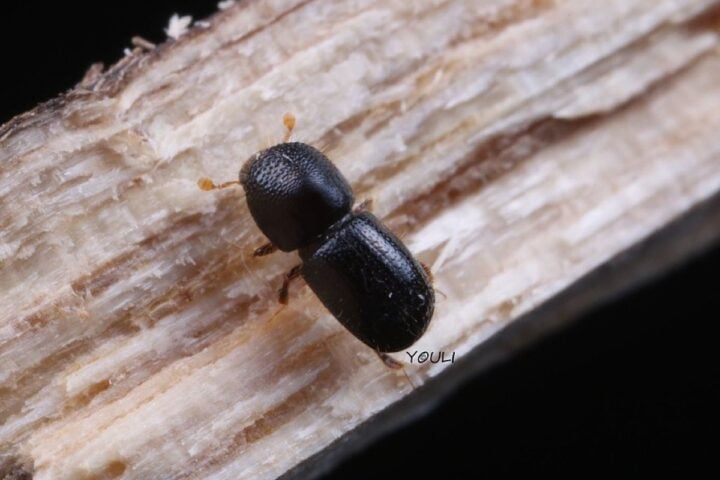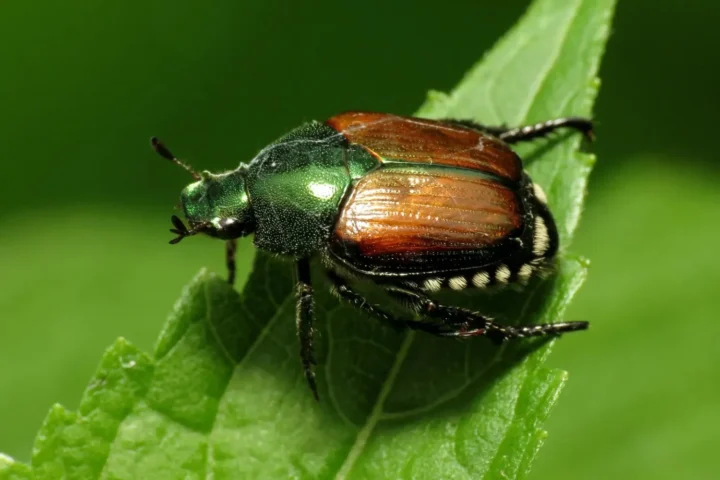Swarms of ladybirds have descended upon homes across the UK this October, with residents in the Black Country and beyond reporting unusual numbers of the spotted insects clustering on windows, doors, and walls.
“My front door is covered, I can’t walk out my house without one or two landing on me,” reported one Netherton resident on social media, while another added: “I thought it was just me, my door and windows are covered and in my kitchen.”
The sudden appearance of these beetles in large numbers is part of their natural autumn behavior, according to experts. Professor Helen Roy at the UK Centre for Ecology and Hydrology explains: “Winter is a tough time for ladybirds in Britain and so during the winter months they become dormant. At this time of year they are moving around to find a good place to overwinter.”
This mass movement, triggered by warm, sunny spells in early October, prompts ladybirds to seek warm, sheltered spots where they can hibernate through winter in a dormant state called diapause. While forests would naturally provide hollow trees and crevices, our homes now often serve as convenient alternatives.
Max Barclay, Senior Curator of Beetles at the Natural History Museum, notes: “There are a number of species of ladybirds that hibernate in big clusters. Ancestrally harlequin ladybirds would probably have hibernated in caves, hollow trees and other sheltered places.”
The 2025 ladybird boom appears particularly significant, with some experts comparing it to the historic swarm of 1976, when an estimated 23 billion ladybirds gathered in coastal areas. This year’s surge is linked to favorable weather conditions – a warm spring and summer boosted aphid populations (ladybirds’ primary food), supporting higher beetle numbers.
Similar Posts
While most visible are the familiar red seven-spot ladybirds, non-native harlequin ladybirds (first recorded in the UK in 2004) are increasingly common. These adaptable insects display various color patterns from orange with black spots to nearly black with red markings.
Experts emphasize that despite their numbers, ladybirds pose no risk to humans. Though harlequins can carry Laboulbeniales, a fungal parasite visible as yellow scales on their wing cases, this affects only the ladybirds themselves. When disturbed, ladybirds may release a yellowish fluid (called reflex bleeding) that can stain surfaces but is otherwise harmless.
For those finding ladybirds inconvenient, the UK Centre for Ecology and Hydrology recommends gentle relocation: “Perhaps gather them gently into a box and put them in an outbuilding if they are in the way but, otherwise, just leave them where they are if possible.”
Homeowners wishing to deter ladybirds can try placing citrus peels near windows and doors, as the insects dislike the smell, or focus on sealing gaps around window frames to prevent entry.
Far from being a cause for concern, the ladybird swarms serve as a natural pest control – a single adult can consume dozens of aphids daily, protecting garden plants without chemical intervention. Their presence indicates a healthy ecosystem and the changing of seasons as autumn firmly establishes itself across Britain.
